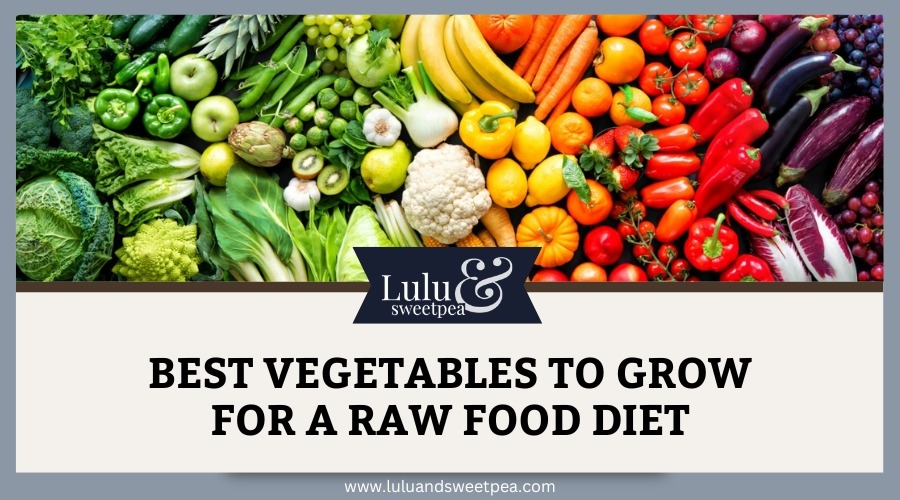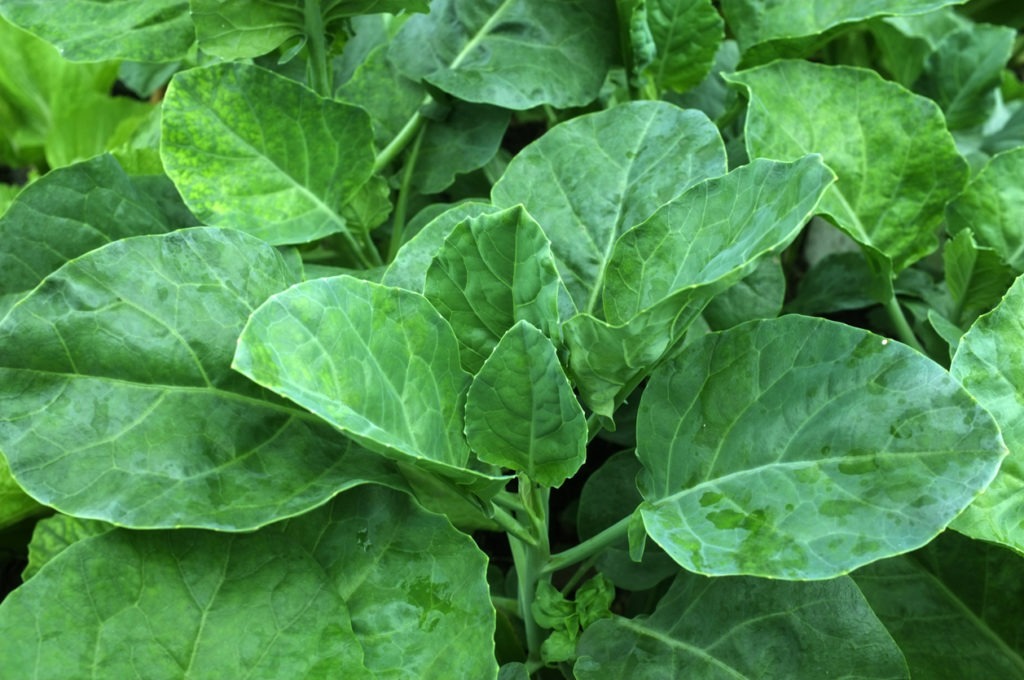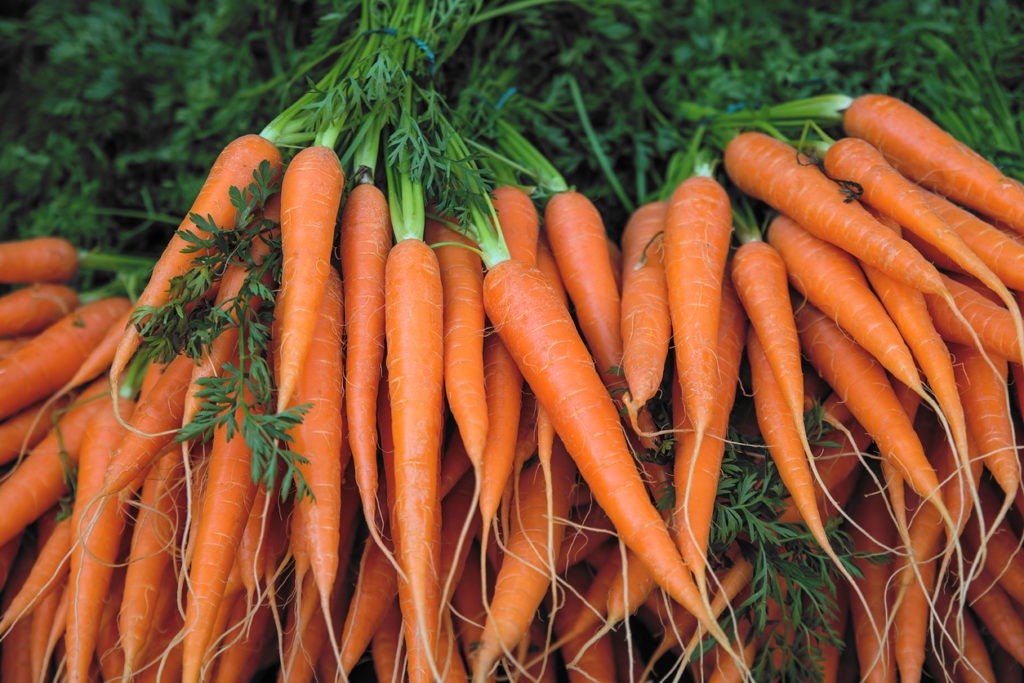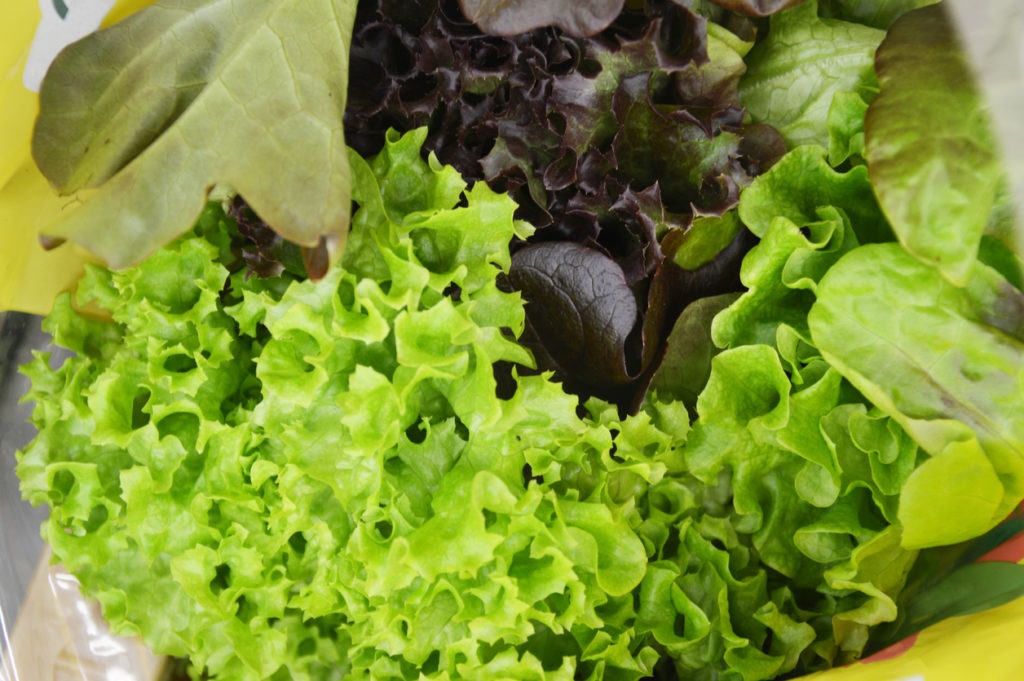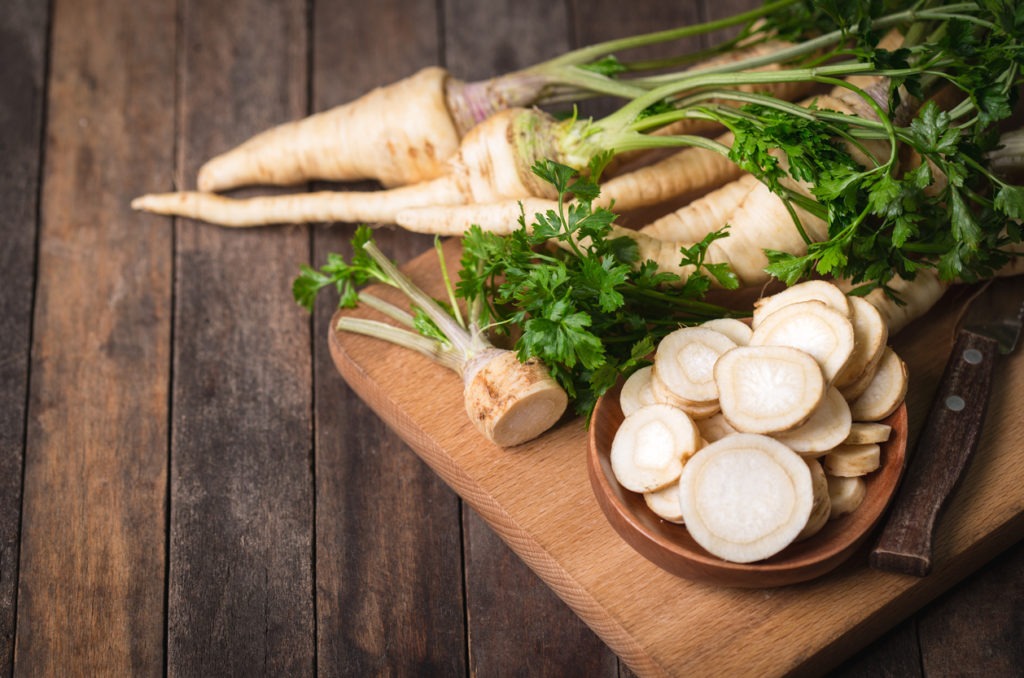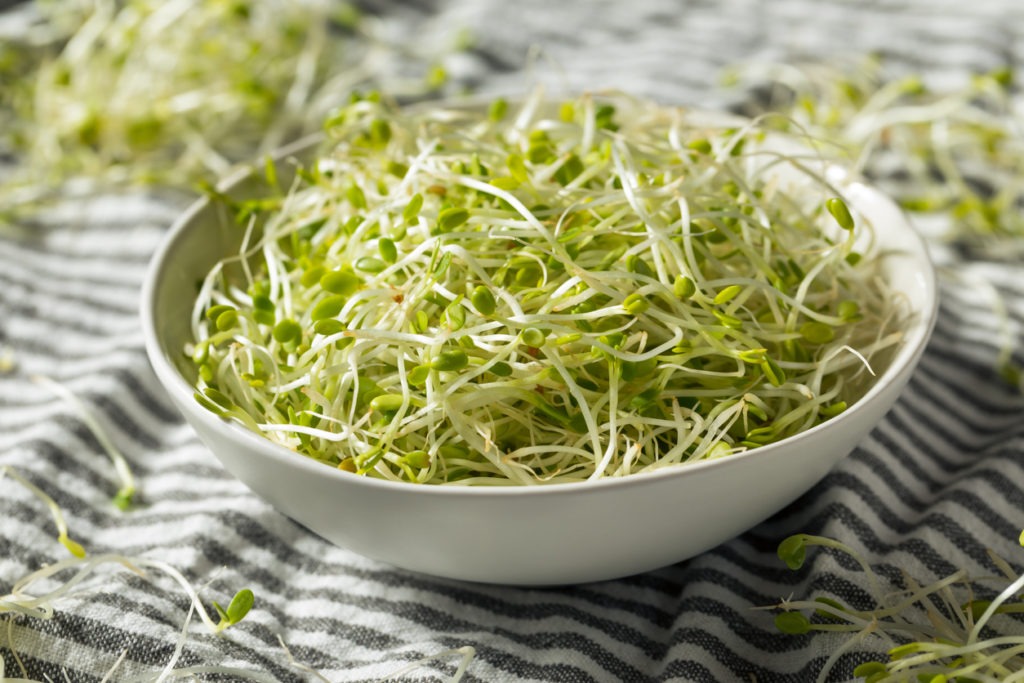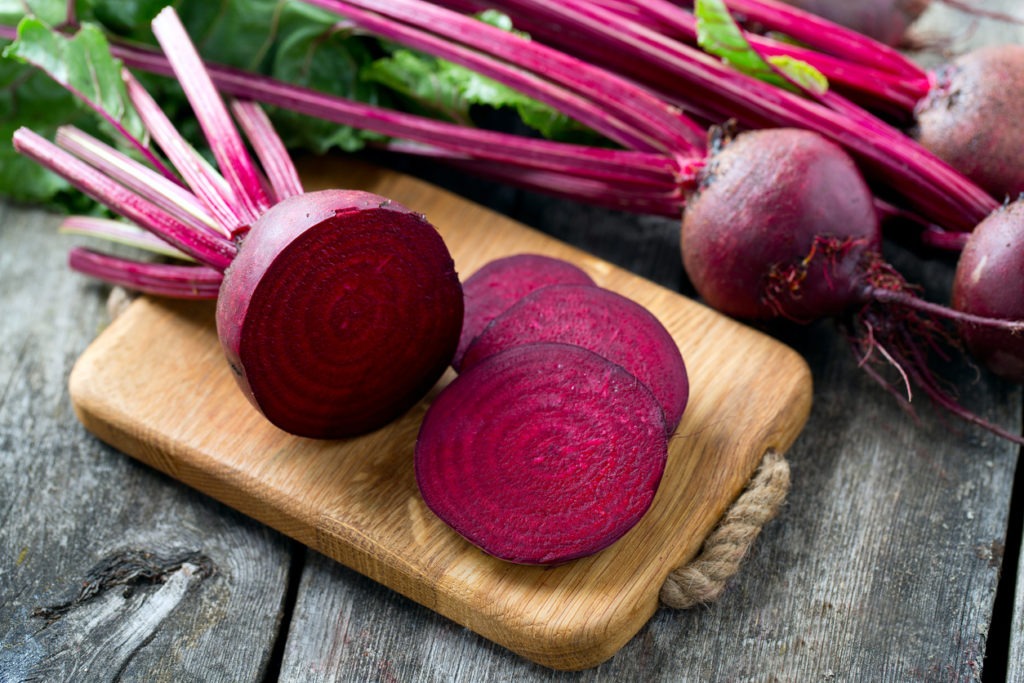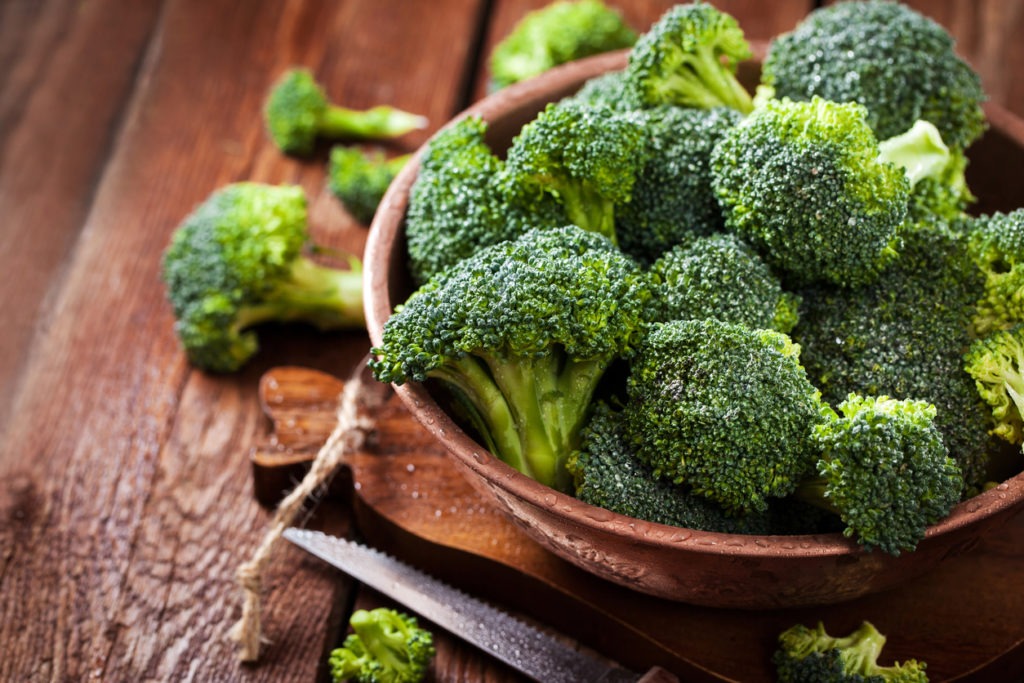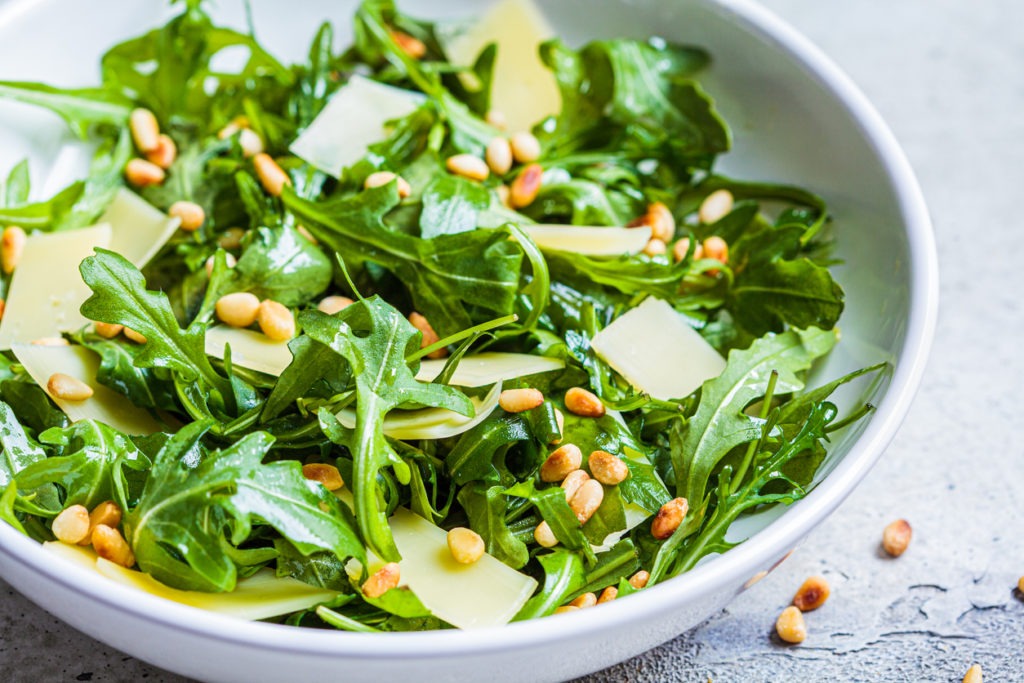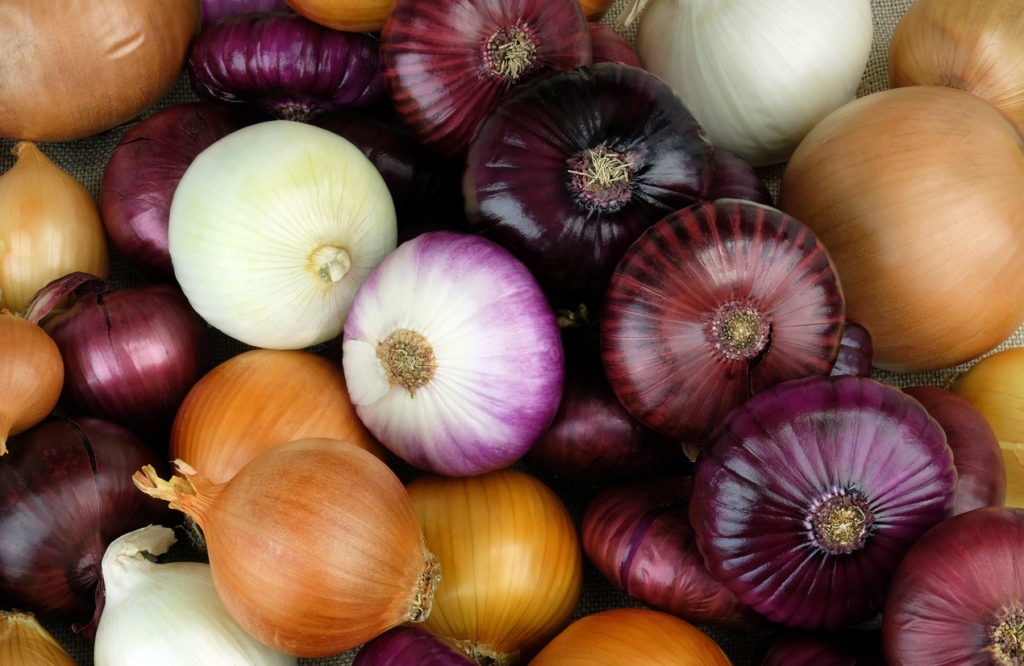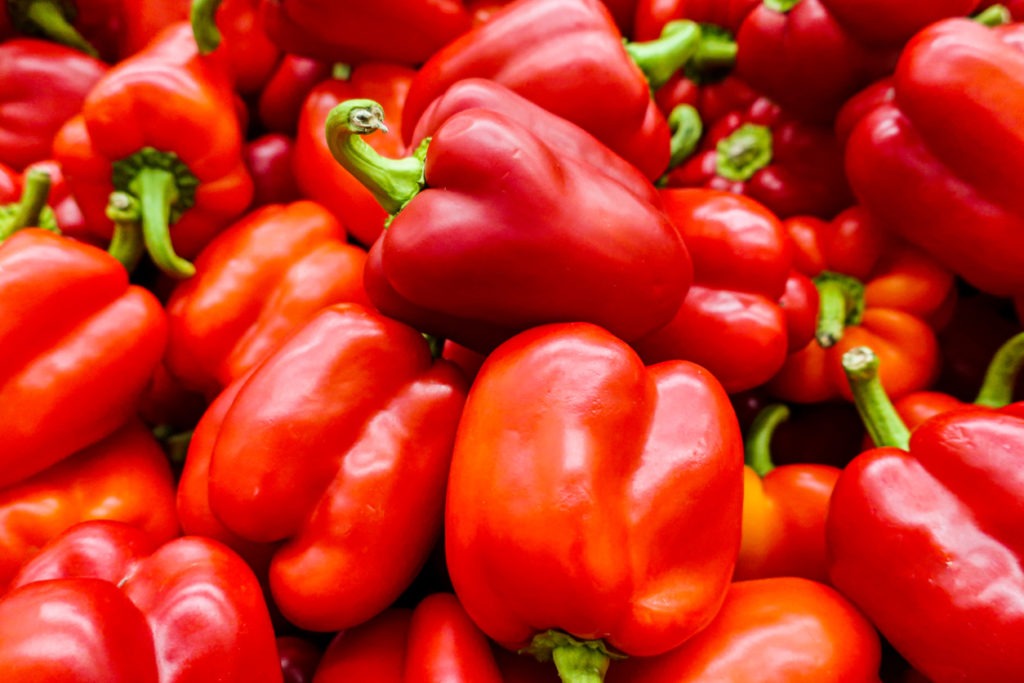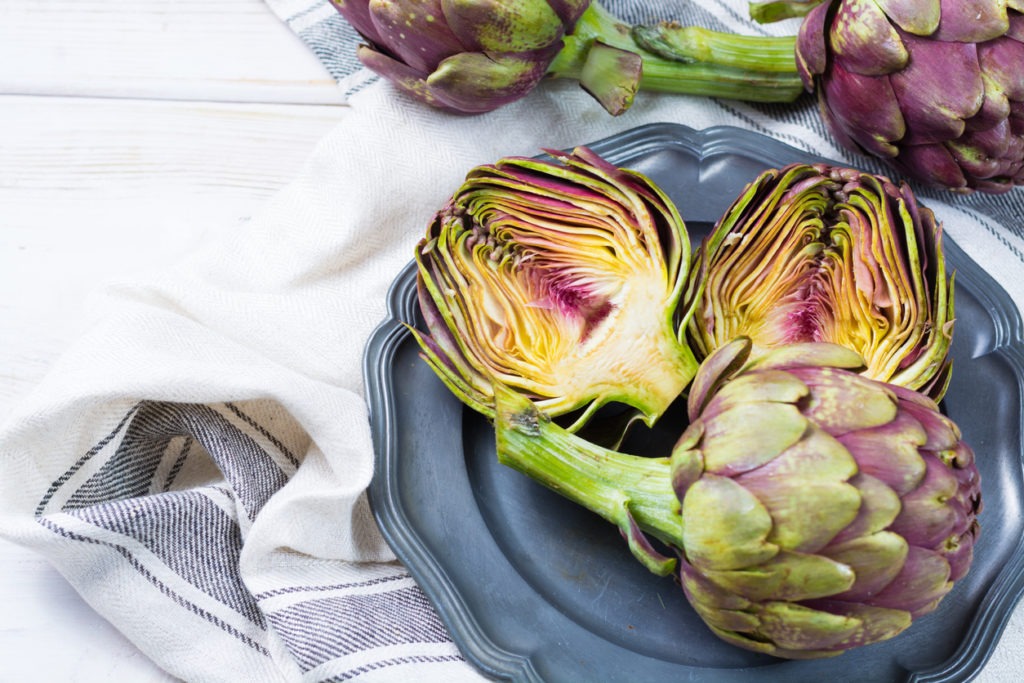People of all ages need to eat vegetables as part of a healthy diet. However, did you know whether they are cooked might affect their nutritional value? If you are wondering which vegetables are best eaten fresh and which are better cooked. The number of vitamins in a vegetable can change a lot when it is cooked or put under heat. In some situations, it might be better to eat raw vegetables to get the most health benefits. A few of the best vegetables to eat raw are listed below.
1. Kale
Kale, a dark green leafy vegetable, is frequently used in salads, pastas, and soups. It is also one of the healthiest raw vegetables. Vitamin K, vitamin C, vitamin A, and vitamin B6 are all abundant. You’ll get your fiber, folate, and manganese from it. Raw kale may be difficult to chew at first, but very thin slices make it more manageable.
2. Carrots
Carrots are an excellent raw vegetable choice and a rich source of vitamin A. A cup of chopped raw carrots has 1069 micrograms of this important vitamin. Vitamin A is essential to healthy eyes and immune systems. If you’re looking for a healthy snack, raw carrots are a great alternative to sugary treats. It’s also possible to eat raw carrots in salads.
3. Spinach
Spinach is among the healthiest vegetables you can eat. It is a great resource for the carotenoid lutein, which protects against macular degeneration and promotes healthy eyes. As a bonus, it’s a fantastic raw veggie. Baby spinach lost roughly 40% of its lutein content after being boiled for four minutes, 60% after being fried for two minutes, and 50% after being steamed for four minutes, according to a study. Raw spinach may be the best way to maximize your intake of lutein in a salad or on a sandwich. The chopped spinach can alternatively be put through a juicer.
4. Lettuce
Of all the raw vegetables, lettuce is among the best. These crunchy leaves are a healthy addition to any salad because of their low-calorie count and high vitamin content.
5. Parsnips
Even though it is more common to cook this root vegetable, it tastes deliciously uncooked. They are great in salads and can be added in thin slices or shredded. It tastes somewhat sweet like a carrot and starchy like a potato. Vitamin C is abundant in parsnips; half a cup of raw parsnips provides around 28% of the DV. As a bonus, it’s a good source of potassium. Minerals and vitamins beyond vitamin K can be found in parsnips as well.
6. Sunchokes
As a root vegetable, sunchokes (also known as Jerusalem artichokes) are a tuber. Because of their striking resemblance, it is often misidentified as a ginger rhizome. You may use them in the same ways you would use parsnips: thinly sliced or grated into a salad. Prepare a slaw, for example. The raw sunchoke tastes like a water chestnut in that it is slightly sweet and nutty. Approximately 600 milligrams of potassium can be found in one cup of sunchokes. In addition to vitamins C, A, E, and K, it also has magnesium, calcium, iron, zinc, selenium, manganese, and riboflavin.
7. Sprouting beans
Bean sprouts are versatile, as they may be used as a salad addition and as a standalone dish. Additionally, it will provide a welcome crunch in sandwich form. You can also try using them in soups. Either buy bean sprouts branded “ready-to-eat” or grow your own. Bean sprouts, when consumed raw, have a nutty flavor and a distinct fresh bitter taste. The vitamin C content of bean sprouts is so high that only one serving can supply 23% of the daily value. It’s a great source of protein and fiber. The calcium and iron in it are nice bonuses.
8. Beets
Toss raw beets on salads or use them as a topping for soups by grating them coarsely. It’s also delicious when sliced thinly and dressed in a simple chili and lemon drizzle. Even juicing them is an option. Beets offer an earthy flavor with bitter and sweet undertones in their raw form. Folate-rich beets are highly recommended in extremely low concentrations, vitamin A, calcium, iron, thiamine, riboflavin, vitamin B6, copper, and selenium.
9. Broccoli
A raw broccoli salad, toppings, slaw, or vegetable tray would be a great addition. You can’t go wrong with a pasta salad made with raw broccoli. It’s important to keep the florets together when eating them raw, so don’t cut too deeply into the stems. Broccoli contains a high concentration of vitamin C; eating only one cup will provide the same amount of vitamin C as eating an orange. Aside from vitamins A, B6, B12, D, E, and K, it also has iron, calcium, phosphorus, potassium, thiamin, riboflavin, zinc, niacin, folate, and so on.
10. Collard greens
Salads and slaws made with raw collard greens are delicious and nutritious. Additionally, they make wonderful wraps and sandwiches. Numerous smoothie recipes include collard greens. It tastes like kale and cabbage, with an earthy, slightly bitter flavor. Calcium, vitamins A and C, and iron can all be found in plenty of collard greens. Vitamin K, B6, B12, niacin, thiamin, pantothenic acid, choline, and iron are all present.
11. Arugula
Raw arugula is versatile and may be used in many other ways besides as a salad green, an excellent addition to green smoothies like collard greens. There are notes of brightness, pepper, tartness, and bitterness in the flavor. An abundance of antioxidants, fiber, and phytochemicals can be found in arugula. Calcium, vitamin C, iron, folate, potassium, magnesium, and provitamin A are all present, and it is a great source of vitamin K.
12. Onion
Guacamole with raw onions added will have a nice bite to it. Tartar sauce will benefit from this addition in both taste and texture. Use it as a topping for burgers, sandwiches, or salads by slicing it thinly. Its crisp, crunchy exterior belies a flavor that is strong and spicy. They can lose some of their astringency if you soak them in cold water for a while. Onions are mostly composed of water, carbohydrates, and fiber. Antioxidants and plant chemicals abound in it. The amounts of vitamin C, B6, folate, and potassium are also above average.
13. Zucchini
Turn zucchini into pasta by using a spiralizer. It works wonderfully in salads and wraps. The fruits and vegetables can also be juiced or used as an ingredient in (or foundation for) smoothies. It’s mild, sweet, and somewhat bitter when eaten raw. Antioxidants such as lutein and zeaxanthin can be found in abundance in zucchini. Folate, potassium, and vitamin A are also abundant in this food.
14. Red bell peppers
Cut some raw red bell peppers into thin slices and dip them in hummus for a tasty snack. Salads benefit greatly from their inclusion as well. Smoothies are another fantastic way to incorporate these foods; one tasty combination is apple and red bell pepper. Red bell peppers, when eaten raw, have a subtle flavor that is both sweet and delicious. The vitamin C content of red bell pepper is high; one cup of sliced red bell pepper provides as much as 195% of the daily value. Folate, potassium, and vitamins K, E, and A are also present.
15. Artichokes
For salads, nothing beats the raw artichoke heart. You may stop them from browning by slicing them thinly and dressing them with lemon juice. Like Brussels sprouts or asparagus, the flavor of raw artichokes is mild and slightly nutty with notes of sharpness. Fiber-rich and rich in vitamin C, potassium, magnesium, and folate, artichokes contain various other beneficial nutrients. The antioxidant level of this vegetable is likewise very high.
Careful Considerations when Consuming Raw Vegetables
When eating fresh veggies, it’s important to avoid any possible sources of infection. If you can find locally farmed organic vegetables, do so. If you’re still worried about eating raw vegetables, here are some precautions you can take.
1. Choose your vegetables with care
Picky shoppers should only purchase fresh, undamaged vegetables. Squeeze them gently to see whether they give when you do so; if they do, that’s a sign that you should steer clear of them. Pick vegetables that are currently available in your area.
2. It’s best to use caution while purchasing pre-made salads
These people include the young, the old, the pregnant, and those with compromised immune systems. If you must, check the expiration date, look for any signs of deterioration in the packaging, and store them in the fridge.
3. Do not risk contamination
Do not let them come into touch with raw meats or other uncooked foods from the moment you bring them home from the market or grocery shop. Similarly, while storing vegetables at home, you should always put raw meat or fish on a different shelf than prepared veggies.
4. Ensure proper cleaning and preparation
Only touch your vegetables after first washing your hands. Please use a vegetable-specific chopping board; you should have a separate one for raw meat, poultry, and seafood. Remove any bad spots from vegetables and toss the outermost leaves from leafy greens. Scrub them to death. Vegetables like zucchini may be cleaned with a vegetable brush.
5. Consume immediately
Consuming vegetables as soon as possible after purchasing them is the easiest way to preserve the freshness of raw veggies. This mostly applies to pre-made salads like those in the grocery store. It’s also not a good idea to put them back in the fridge after they’ve been out for more than 4 hours.
Conclusion
To sum up, there are various ways to obtain these beneficial nutrients into our system and eating veggies raw is simply one of them. Changing your usual kitchen routine is a great way to spice up your food and introduce new flavors into your diet. It doesn’t matter much how the vegetables are prepared if you’re eating the necessary amount. Two hundred grams of vegetables per day isn’t a lot if you love vegetables.
There are strategies you may use to increase the number of veggies in your daily diet. You’d be shocked at how many vegetables you can get in with just a glass of vegetable juice, and juicing is a terrific and quick way to achieve that. Vegetables roasted in the oven are simple to prepare, taste great and look great on the dinner table. Another option is steaming, which is quick, painless, and incredibly beneficial to your health. And if you’re ever unsure, raw is always a safe bet. The vegetables mentioned above are better uncooked. Vitamins and minerals are abundant in vegetables. However, some vitamins, especially water-soluble ones like C and B, are easily destroyed by cooking at high temperatures. Some antioxidants in vegetables are lost while cooking, according to research. So, while some veggies are more nutritious when cooked, some are healthier when eaten raw.
